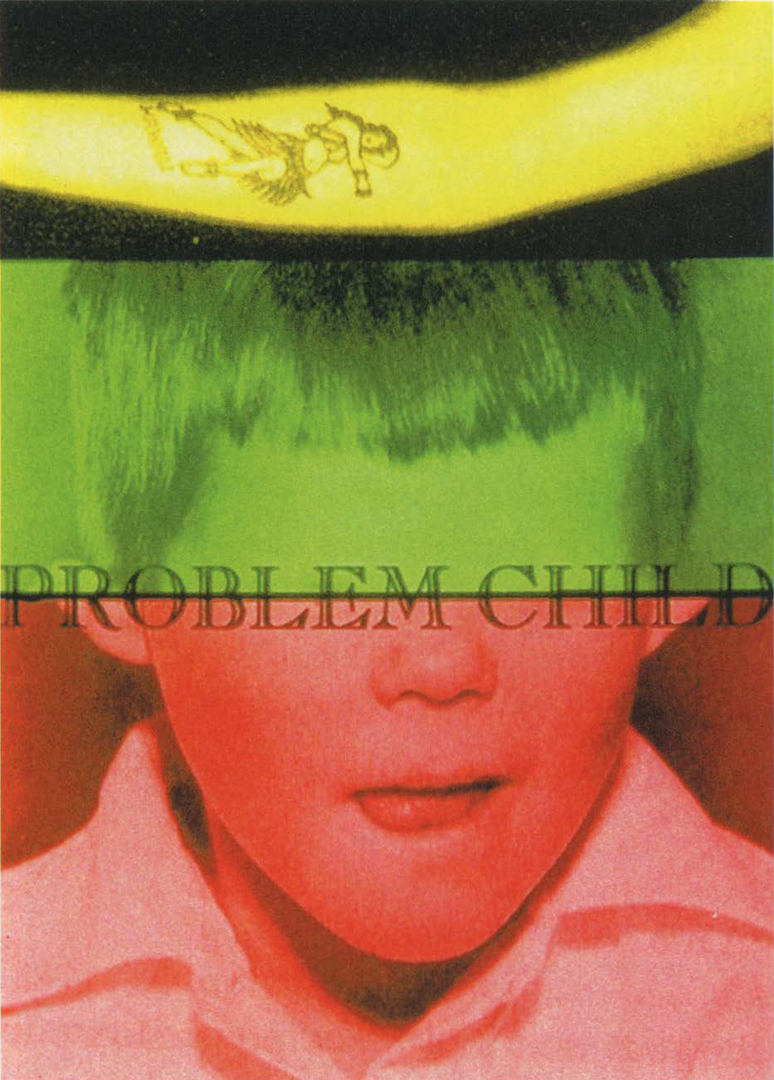Gerald L. Cannon: The Excessive Image
Artist(s):
Title:
- The Excessive Image
Exhibition:
Creation Year:
- 1996
Category:
Keywords:
Artist Statement:
I continue to work on this series of images that are themselves parts of other contained series. The total of the images is large – more than 200 in all. Their recursive nature and their excessive number are part of the installation component in which I have worked for several years.
The images range in size from relatively small (8.5 x 11 inches) to sizable (48 x 60 inches). They
are created from various found images (flat and three-dimensional), my own snapshots and videos, as well and complete computer constructions. Many of the images contain elements from other series in rather distorted relationships in time and place. The ways in which a pseudo-narrative is set up and then destroyed are numerous.
One large portion of the images is installed in the Ernest N. Morial Convention Center and another similar portion is installed in the Contemporary Arts Center. Though the context and imagery will be similar in the two venues, there are no duplicate images. My intent is that these images will be stacked, grouped, abutted, and arranged in ways that both a id the viewer in sorting and assimilating meaning and ultimately prevent them from gaining cogent ground due to information overload. Think of this as a fog bank on the information superhighway.
Components of these images are in frequently repetitive, thereby creating links that reflect recontextualization, such as those created by differing representations of O.J. Simpson, for instance. It is also my intent to play with the cheapening of images in a way similar to what happens in society’s burgeoning image glut while investigating what this means to viewers confronted with this in an art context. In the case of The Bridge, it allows me to link two diverse audiences: the SIGGRAPH 96 attendee and the Contemporary Arts Center patron.
I am not interested in electronic interactivity between these groups, nor even in researching the divergence or similarity of their responses. I simply wish to present each group with an experience that on the face of it is the same, but in fact is imagistically unique to each venue.
The images are complete, self- contained, finished artistic creations. The computer simply allows me to appropriate, recontextualize, and create such works rapidly and effectively. I am little interested in the fact that these are “computer-generated” prints. They are instead simply art works – individually, serially, and in composite. This may not meet all the criteria set forth in The Bridge paradigm, but it is what I consider important for myself in using the computer to make art. It is work that arises from the medium’s strengths while not weighing itself down with the categorical stipulations of the medium’s obvious attributes in high tech.





